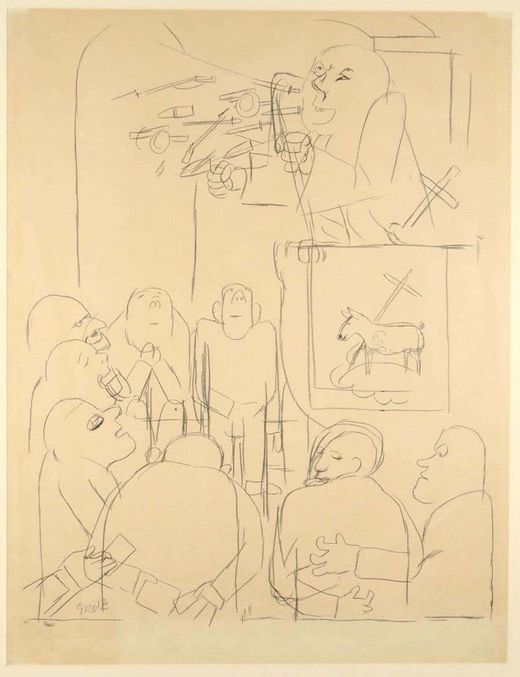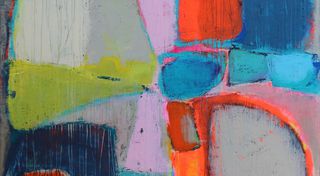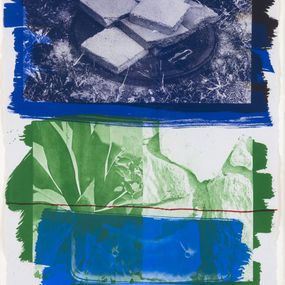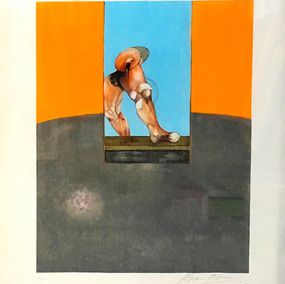

Biography
George Grosz (1893–1959) was a leading German artist, famous for his virulent caricatures and satirical paintings denouncing the corruption, militarism, and hypocrisy of interwar German society. He was an active member of the Dada and New Objectivity movements in Berlin, seeking to confront the public with the brutality and absurdity of the modern world.
Born in Berlin, he changed his name in 1916, inspired by a fascination with American culture. His distinctive ink and watercolor style combines expressionism and social satire. He depicts grotesque figures: pot-bellied bourgeois, wounded soldiers, prostitutes, scenes of orgies and urban violence, in a disenchanted vision of the Weimar Republic.
Mobilized during the First World War, he was quickly demobilized for health reasons. A fierce anti-Nazi, he left Germany in 1932 and settled in the United States, where he taught and obtained American citizenship. His style evolved, becoming more peaceful, which was sometimes perceived as a weakening of his initial criticism.
He returned to Berlin shortly before his death in 1959. His work continues to influence the contemporary art scene, particularly with its incisive look at society, war, and the human condition. In recent years, his work has been reevaluated through new exhibitions and studies, highlighting its modernity and its still intact visual power.
Nationality
Categories
Artistic movements
Themes
Discover the movements linked to George Grosz
Discover similar artists
Discover our selections of works by artists
George Grosz, a German artist known for his satirical drawings, fled Nazi Germany in 1933 and settled in the United States. He continued his artistic career there until his death in Berlin in 1959.
George Grosz was conscripted into the German army during World War I but was discharged in 1915 due to health issues. His traumatic experience influenced his later satirical and critical artworks.
You can see George Grosz's artwork at major museums like the Museum of Modern Art in New York, the Berlinische Galerie in Berlin, and the Tate Modern in London. Some pieces are also available in private collections and art auctions.













